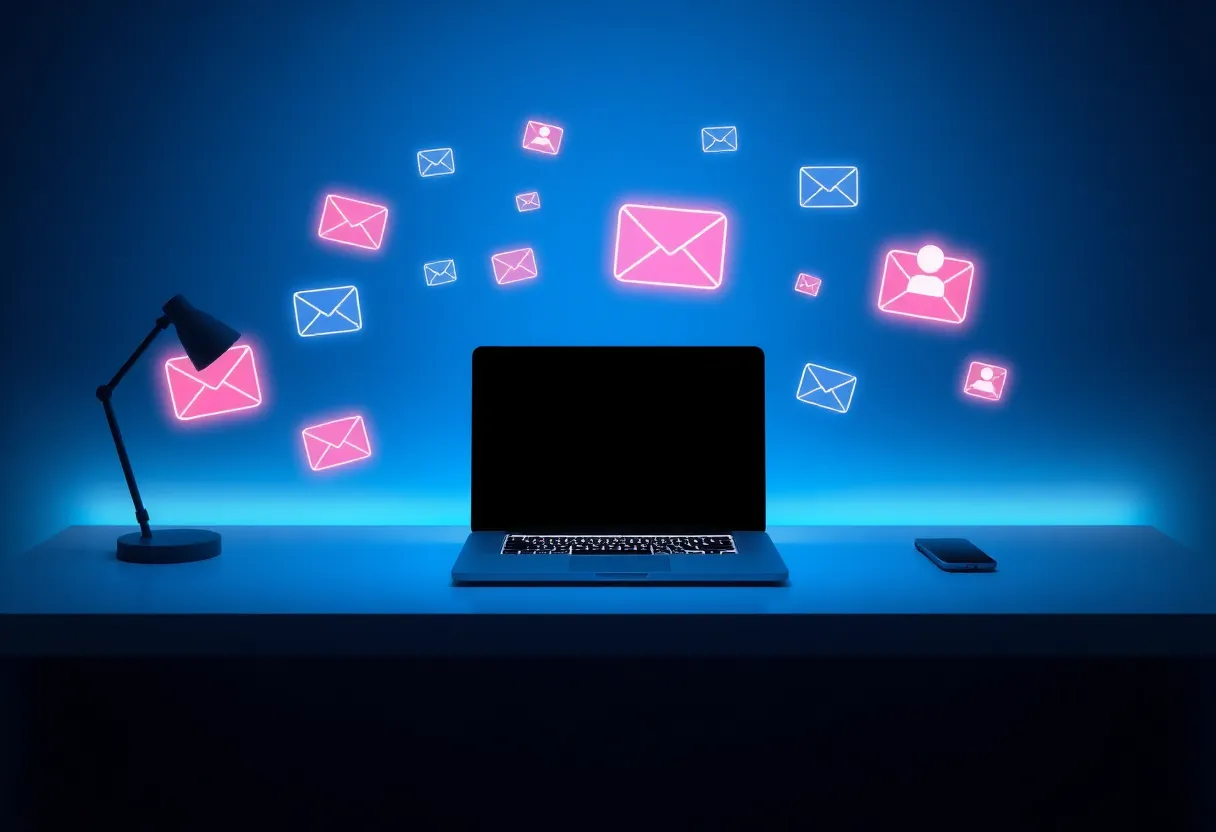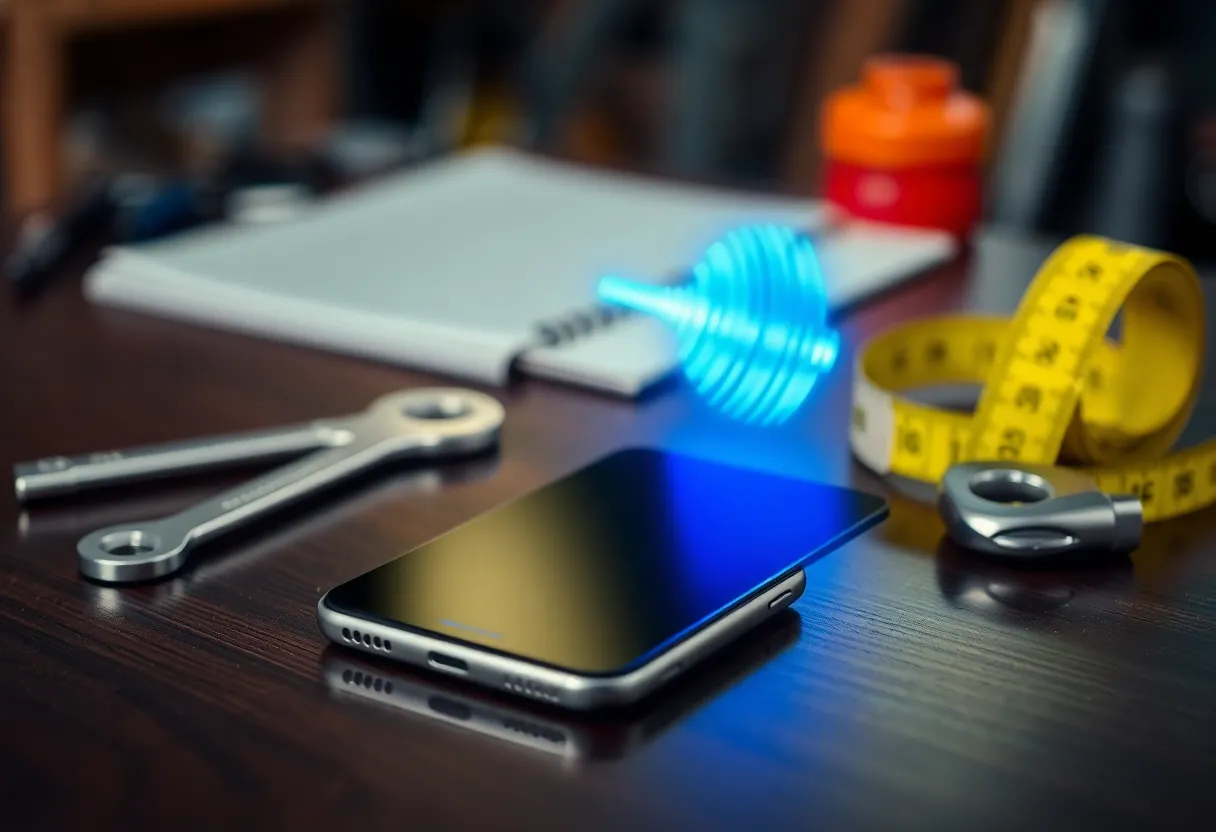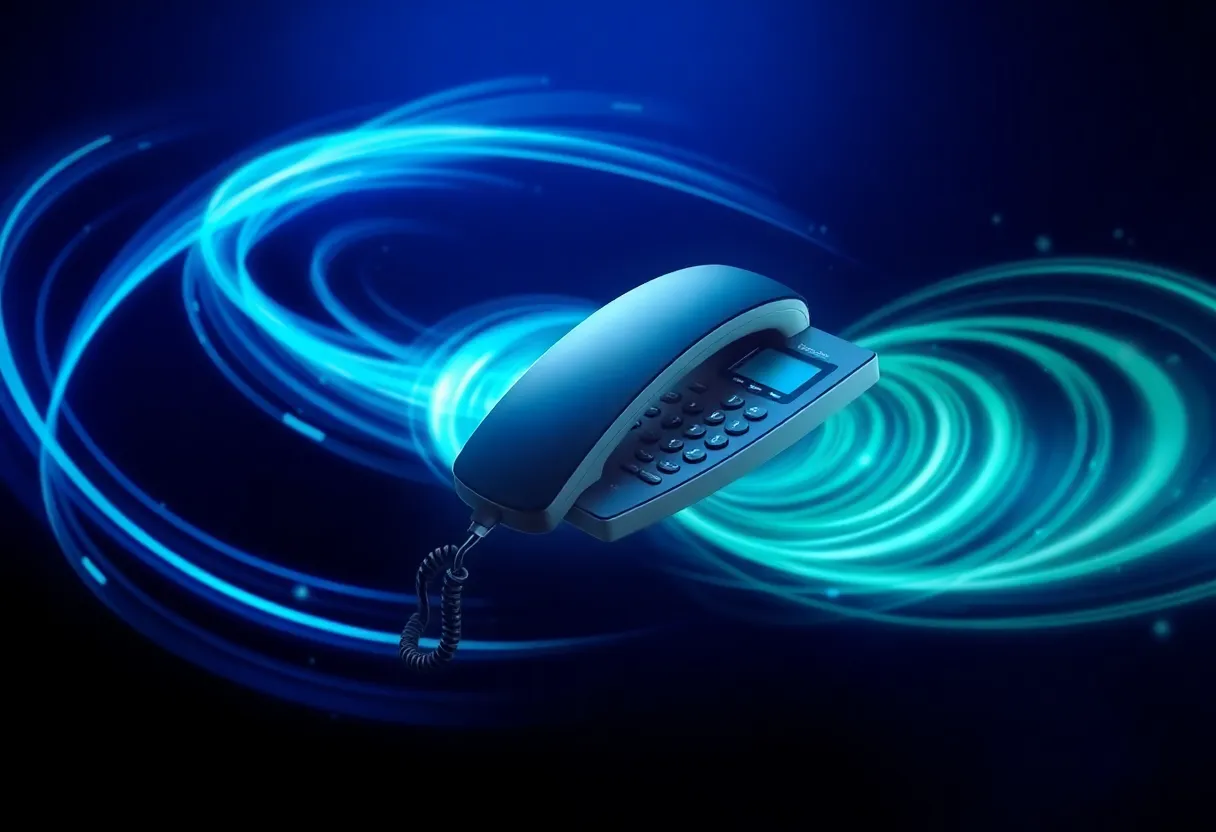Turn more website visitors into qualified opportunities with a practical, low‑maintenance system you can launch in days—not months.
Research highlight
- Across 41,000 landing pages, the median conversion rate is 6.6%—know your baseline before optimizing (Unbounce, 2024) [1]. (unbounce.com)
- 63% of consumers will switch to a competitor after just one bad experience; 61% expect AI‑driven personalization (Zendesk, 2025) [2]. (zendesk.com)
- Email delivers about $36 in return for every $1 spent, making it a top channel for nurturing (Litmus, 2025) [3]. (litmus.com)
Classic research also shows “speed‑to‑lead” matters: firms that tried to contact leads within an hour were nearly 7× as likely to qualify them versus waiting longer (Harvard Business Review, 2011) [4]. (hbr.org)
How lead capture automation works
Lead capture automation is the always‑on system that greets visitors, qualifies interest, and routes details to your CRM and inbox—without manual effort. In practice, it combines an on‑site assistant (chatbot or smart form), conversion‑optimized landing pages, and automated follow‑ups.
Your automation toolkit
1) AI website chatbot
An AI chatbot engages visitors 24/7, answers FAQs, asks qualifying questions, and collects contact details. Many teams also use it to book meetings or hand off to live chat when needed. Industry analysts expect chatbots to become a primary customer‑service channel for about a quarter of organizations by 2027—another sign that conversational capture is becoming standard. (gartner.com)
Want a no‑code option? Small Business Chatbot can be added to your site in minutes to greet visitors, qualify intent, and push leads to your CRM automatically.
2) Smart forms
Short, adaptive forms reduce friction: start with name, email, and one qualifying question. Use progressive profiling to ask more over time, and auto‑enrich records after submission.
3) Calendar + instant booking
Offer instant scheduling from the bot or thank‑you page to lock in high‑intent prospects while motivation is high.
Build high‑converting landing pages
Start with a single, purpose‑built landing page for each offer (e.g., quote request, consultation). Keep copy clear and concise, emphasize outcomes, and remove links that distract from your primary call‑to‑action.
Essential elements
- Clear value proposition and benefit‑led headline
- Trust drivers (brief testimonials, logos, guarantees)
- Obvious, repeated CTA (e.g., “Get my quote”)
- Short form or chatbot hand‑off
- Fast load time and mobile‑first design
Benchmarks: the median landing‑page conversion rate is about 6.6% across industries; top‑quartile pages often exceed 11%. Use this to set realistic goals and track improvement from your own baseline. (unbounce.com)
Automate email nurturing (set it and scale it)
Email remains the workhorse for converting undecided visitors. On average, email returns about $36 for every $1 invested—especially when messages are relevant and timely. (litmus.com)
Core automations to launch
- Welcome series: 2–4 emails that deliver your promise, share a short case study, and invite a reply.
- Lead qualification branch: If the chatbot flags high intent, trigger a scheduling email and alert sales.
- Abandoned form/chat follow‑up: Send a friendly nudge within an hour.
- Post‑consultation nurture: Answer objections, summarize value, and include a short video.
Connect your CRM & workflows
When captured details flow automatically into your CRM, you create one source of truth for follow‑up, reporting, and handoffs. Many small businesses that adopt AI report stronger revenue performance once workflows are integrated and automated. (salesforce.com)
- Send chatbot and form submissions to your CRM with tags for source and intent.
- Create tasks and alerts for new high‑intent leads; auto‑assign by territory or calendar availability.
- Trigger email sequences and SMS (where permitted) based on lead score or answers.
Explore popular connections on our integrations page.
Measure what matters
Five KPIs to track
- Response time: minutes from submission to first human or automated reply. Faster wins. (hbr.org)
- Lead‑to‑MQL rate: percentage of captured leads that meet your qualifying criteria.
- Landing‑page conversion rate: submissions / unique visitors. Benchmark against your own baseline and industry medians. (unbounce.com)
- Booked meetings or trials: count and rate per source.
- Cost per qualified lead (CPQL): spend divided by qualified leads.
Quality checks
- Review chat transcripts weekly: refine qualifying questions and objections.
- Compare conversion by source (organic, paid search, email, referrals).
- Audit CRM fields for completeness; automate enrichment where possible.
30‑60‑90 day rollout
Days 1–30: Launch the basics
- Add an AI chatbot site‑wide with 3–5 qualifying questions.
- Publish one focused landing page with a single CTA.
- Set an autoresponder and a two‑email welcome sequence.
- Pipe all submissions into your CRM with source & intent tags.
Days 31–60: Optimize
- A/B test your headline and CTA copy.
- Add instant booking from the bot and thank‑you page.
- Set alerts for high‑intent answers (e.g., budget/timeline).
Days 61–90: Scale
- Spin up pages per campaign or segment.
- Expand nurture: objection‑handling and case‑study emails.
- Build a monthly review cadence: KPIs, transcripts, and wins.
Start capturing leads automatically
Curious how others did it? See customer reviews.
Compliance essentials (plain‑English, not legal advice)
- CAN‑SPAM for email: include a working unsubscribe, business mailing address, and truthful subject lines. The FTC actively enforces violations—build compliance into your templates. (ftc.gov)
- TCPA for calls/SMS (U.S.): consent rules for automated calls/texts continue to evolve. If you use SMS or dialers, obtain clear, documented consent and honor opt‑outs promptly; consult counsel on the latest one‑to‑one consent interpretations in your jurisdiction. (orrick.com)
- Privacy: store only what you need; disclose how you’ll use data; secure it.
Frequently asked questions for lead capture automation
- What’s the fastest way to get started?
- Deploy a chatbot on your highest‑traffic pages and connect it to your CRM. Add a short landing page for one offer and a two‑email welcome series. This creates a complete capture → qualify → nurture loop in days.
- How quickly should I respond to new leads?
- Aim for under five minutes with either an automated confirmation plus one helpful link, or an instant meeting option. Faster responses correlate with higher qualification and close rates. (hbr.org)
- Do chatbots hurt customer experience?
- When bots are transparent, helpful, and hand off cleanly to humans, they reduce wait times and capture context. Many CX leaders expect a growing share of routine questions to be resolved without human intervention in coming years. (zendesk.com)
- Which metrics prove automation is working?
- Track response time, landing‑page conversion, qualified lead rate, booked meetings, and cost per qualified lead. Compare by source and over time for trend clarity. (unbounce.com)
- Is email still worth it?
- Yes. Email remains one of the highest‑ROI channels when messages are targeted and timely. Use short sequences tied to visitor behavior and make opting out easy. (litmus.com)
- We’re a very small team—does this require code?
- No. Most of the stack is no‑code. For example, Small Business Chatbot and common CRMs connect through native integrations or simple webhooks.
References
- [1] Unbounce (2025 update of 2024 data). What is the average landing page conversion rate? unbounce.com. (unbounce.com)
- [2] Zendesk (2025). CX Trends 2025 press release. zendesk.com. (zendesk.com)
- [3] Litmus (2025). Email marketing ROI guidance. litmus.com. (litmus.com)
- [4] Harvard Business Review (2011). The Short Life of Online Sales Leads. hbr.org. (hbr.org)
- [5] Salesforce (2025). New research: SMBs with AI see stronger revenue growth. salesforce.com. (salesforce.com)
- [6] Gartner (2022). Chatbots to become primary channel for ~25% of orgs by 2027. gartner.com. (gartner.com)
- [7] FTC (2023). CAN‑SPAM compliance guide reminder. ftc.gov. (ftc.gov)



